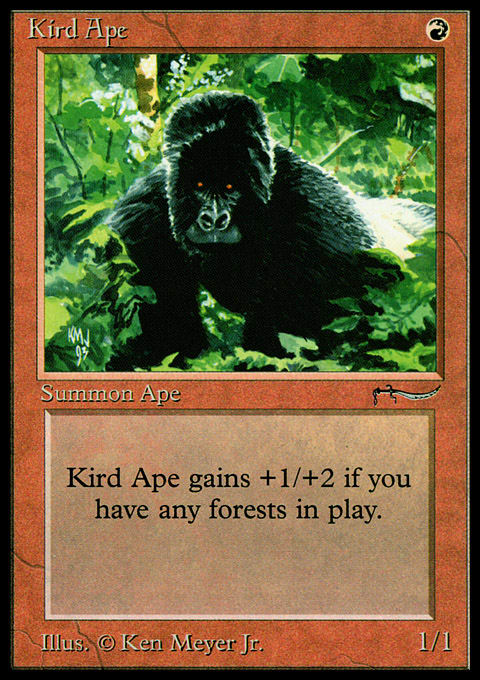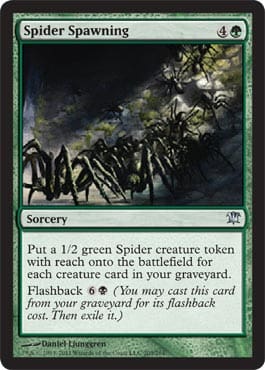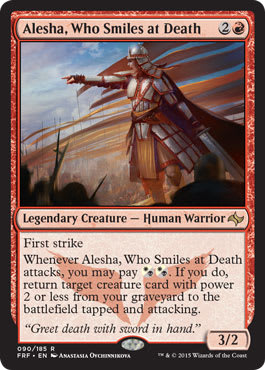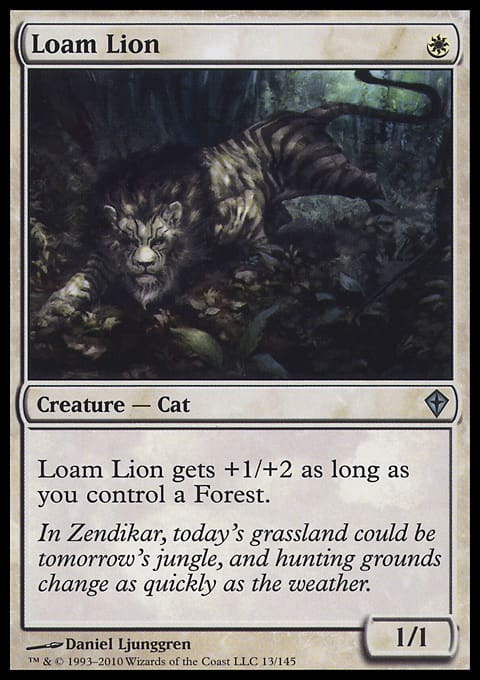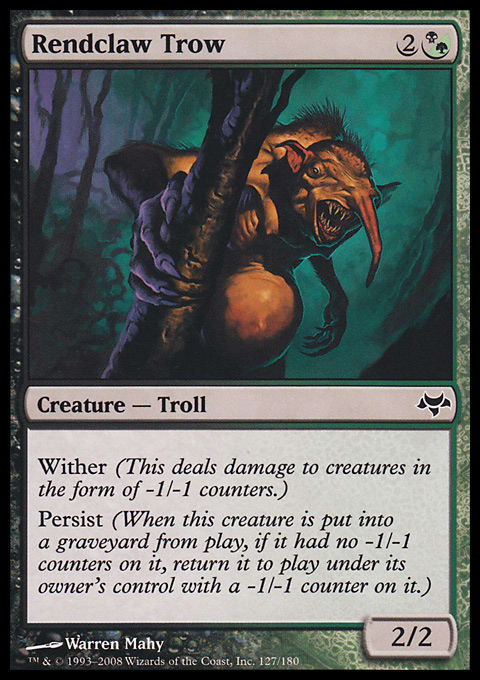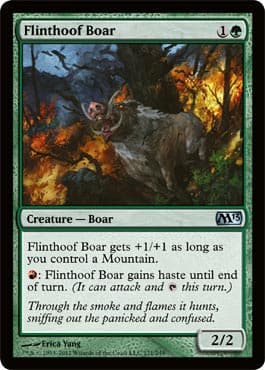When it comes to Cube, I have many thoughts rattling around in my head about how to make the best possible Draft environment. Numbers are important and must be kept in balance, but then again, gameplay should trump everything. On one end is an appreciation for symmetry and hard lines, and on the other is an admiration for what happens when one crosses those clearly delineated barriers.
Creating and curating a Cube is a blend of art and science.
During the design phase, it is important to start with the broad vision—all commons, fully powered, tribal, humans against zombies—and then hone in on key elements. This is analogous, in some way, to top-down design. In Magic, top-down design is taking the flavor first—gothic horror with Innistrad; Greek mythology with Theros—and crafting a set to that end. It is this broad vision that can help direct the initial crafting of a Cube rather than the nuts and bolts and mechanics of a set. Take, for example, the Khans of Tarkir block. Mark Rosewater has repeatedly stated that the structure from the 2014–2015 releases came from a desire to use the middle set (Fate Reforged) as a pivot set for a new Draft experience. While the creative elements—clans, time travel, dragons—came after the fact, they were all built upon the foundation of this unique structure. The first step is the art.
So once this vision is in place, parameters can be set, and the science can take place. Spreadsheets are created and populated. Colors are divided equally (or not, but let us assume we won’t be Tormenting ourselves in this instance), and curves are set. Cards can start being pulled and acquired.
Sometimes, you may want to include gold cards in your Cube. That is awesome because gold cards are awesome. It is very easy to keep the aesthetics nice and balanced when working with gold cards.
But what happens if you want to include this card?
How about this old timer?
Wait . . . what?
My head hurts. Please stop.
These are all examples of cards that mess our clear boundaries and color balance. All of the cards above can be played at some level in a mono-colored deck or in a deck that has no interest in touching the implied second (or third) color.
It is the art bursting at the seams of science.
Hybrid cards, Kird Apes, and Loam Lions, off-color activations and flashback costs—there are multiple ways to handle these cards in a Cube. They run the gamut from textbook learning to on-the-job lessons to simply appreciating a sunset.
Before diving any deeper, I am going to state the endgame There is no one way to make a multicolored section . My guiding principle of Cube design is creating the best Draft experience possible. There are multiple variables in such an equation, but perhaps the largest variable is the individual. Coming down to the core, all Cube curators have access to the same tools, but it is the drive of the designer that shapes the games. Going against an inherent drive can have disastrous results. While it is important to strive for excellence and make leaps past the uncomfortable, slavishly adhering to one model because it is “correct” could detract from the overall enjoyment of a given Cube.
How do you solve for gold in your Cube? Here are three methods I’ve tried.
With that out of the way, we’ll start by discussing a method I like to call Equal Access. Gold cards are cool and powerful. Hybrid cards provide an additional layer to Draft while being sufficiently different than their gilded brethren. Compare Putrid Leech to Rendclaw Trow. One can be run at maximum efficiency in a two-color B/G deck. The other can find a home in any green deck or any black deck. Throw Tasigur, the Golden Fang into the mix—it can go in a black deck as a creature or become something a bit more a Dimir, Golgari, or Sultai deck.
The Equal Access method does not care about colors as distinct entities. Rather, it focuses on supported color pairs (or triads) and ensures that every deck has access to the same number of cards. Using the above example, Putrid Leech would only count toward a Golgari deck, but Rendclaw Trow would have membership cards to the Dimir, Rakdos, Gruul, Selesnya, Orzhov, Simic, and Golgari. And this does not even take into account shards or wedges.
Equal Access is a deck-first method. It wants to make sure that every potential end result has the same potential ammunition. It adheres to Consequentialism because, here, the ends justify the means. Because the goal takes the form of decks, I would only recommend this approach in tight Cubes in which every card is drafted regularly (a three-hundred-sixty-card Cube, for example). I feel this way because if a Cube grows beyond its drafted minimum, it is possible (or likely) that certain colors could be underrepresented in a Draft, leading to the same decks being drafted over and over again.
I tried this method with my own Pauper Cube and found that I did not like the results. Green never established an identity and instead simply became part of four pairs. I am sure that part of this was tied to the fact that my Cube hovers at around four hundred twenty-five cards and I tend to draft with five other players.
More than that, the fact that some colors had sixty cards and others had forty-eight or fifty-three—well, it made some muscle in the vicinity of my eye twitch.
Hard Lining takes a basic concept of Cube—well-defined sections—and shrinks it down to multicolored. Here, each multichromatic section gains a certain allotment of each style. For example, a Cube may allocate each color pair to have access to six true gold cards, two hybrid cards, and then one of either off-color activation or flashback cost. This method allows some additional flexibility to the cards included and also lends itself to cycles.
Cycles can be important in certain Cubes. If being used as a teaching tool for newer players to help become educated on the philosophies behind Magic and the basics of Draft, patterns can serve to help create neural shortcuts. If, in the above Hard Line Cube, the off-color cycle took the form of the Flinthoof Boar quintet from Magic 2013, that pattern would inform neophyte drafters not only about how the colors play, but also that certain colors adhere to certain strategies—Arctic Aven exemplifies a typical W/U strategy.
Hard Line multicolored sections are less forgiving than those in an Equal Access model. However, they provide structure and reinforce the concepts of Limited development that have been helping to shape Draft in recent years. The ability to cut cards for the sake of an environment, to kill your darlings, is an important tool in the Cubist’s repertoire, and setting hard limits can help tone this muscle.
The method I approach is the Gold Blob. Here, a gold section simply takes the very best cards that can fall under the multicolored heading—gold, hybrid, off-color—and considers them the same for purposes of the Cube.
Putrid Leech, go shake hands . . . or whatever . . . with Rendclaw Trow.
Some may say that this is the easy way out, and they’d be right. The Gold Blob is far easier to find cards for (and to cut cards from) because it treats multiple different mechanics at the same. Whereas Equal Access is focused on the deck, I find the Gold Blob to care most about gameplay. The desire is not to have everything line up perfectly for each pair, or for there to be tight cycles—it’s about having the best possible cards for the Cube.
These are the three methods I have used to attempt to fix multicolored in my Cube. Currently, I subscribe to the Gold Blob, but I believe part of that is due to the Pauper nature of my stack. If I expanded access to higher rarities, I may have enough options for Hard Line or another method I’ve yet to encounter.
As I said before, the goal is always to have Cube be the best experience possible. Finding out which method sings to you as a designer will go a long way toward making a decision that will benefit the Cube, the Draft, and the games in the long run.














